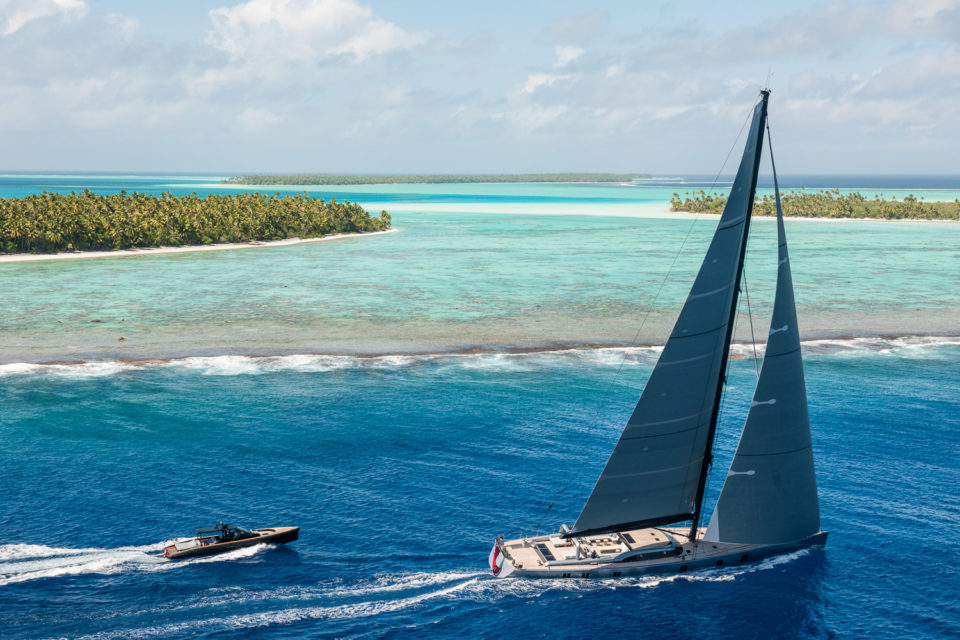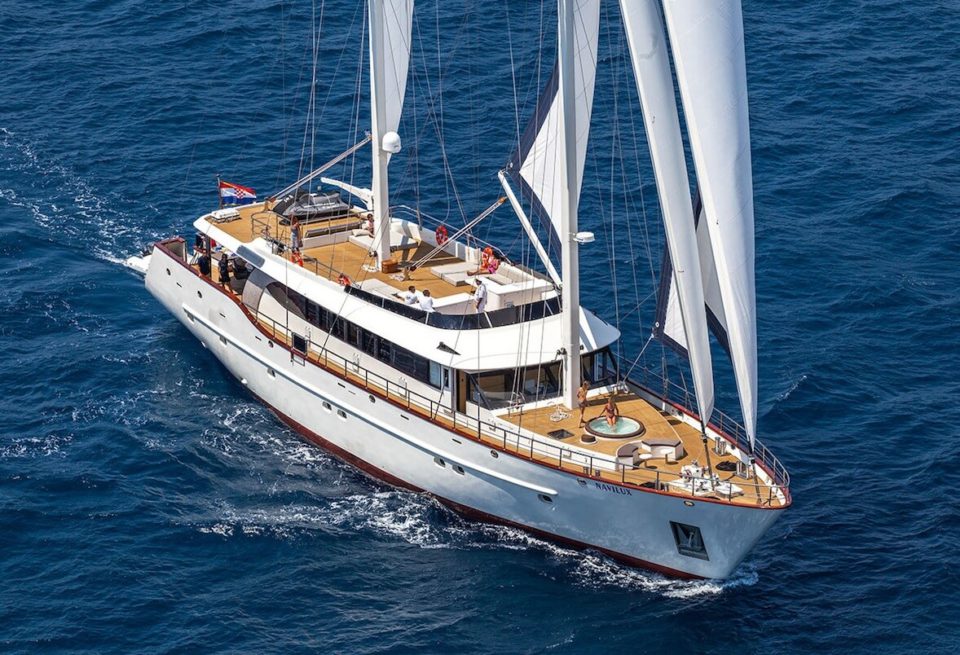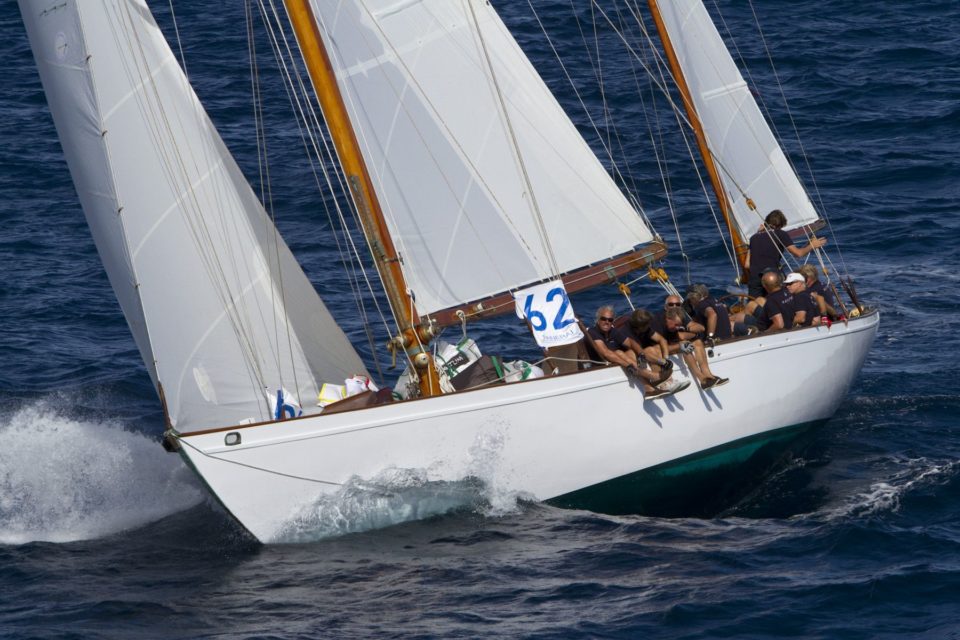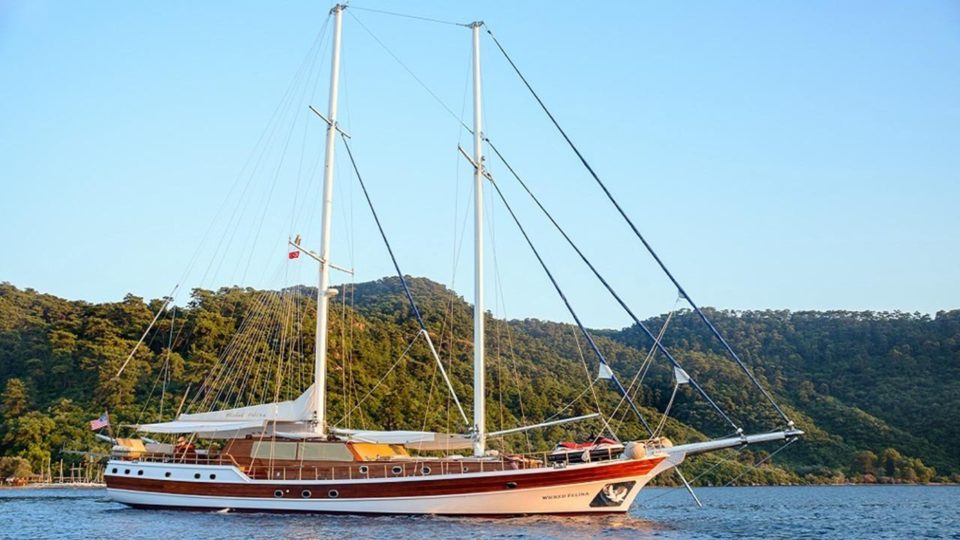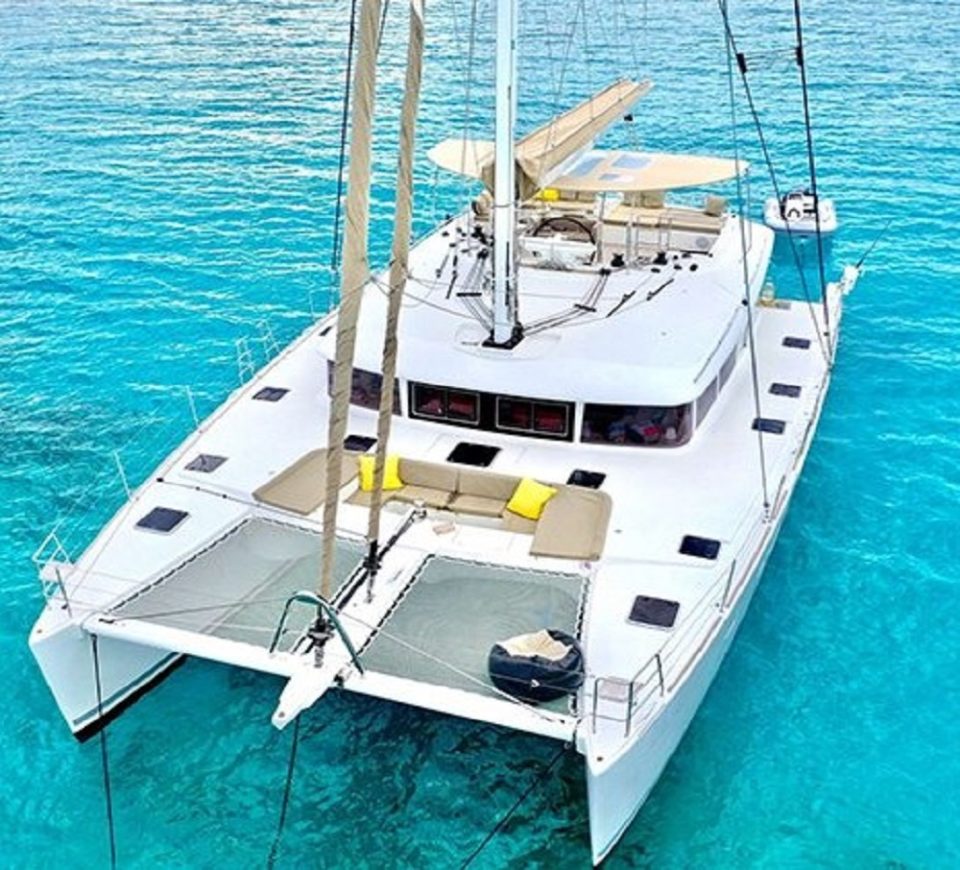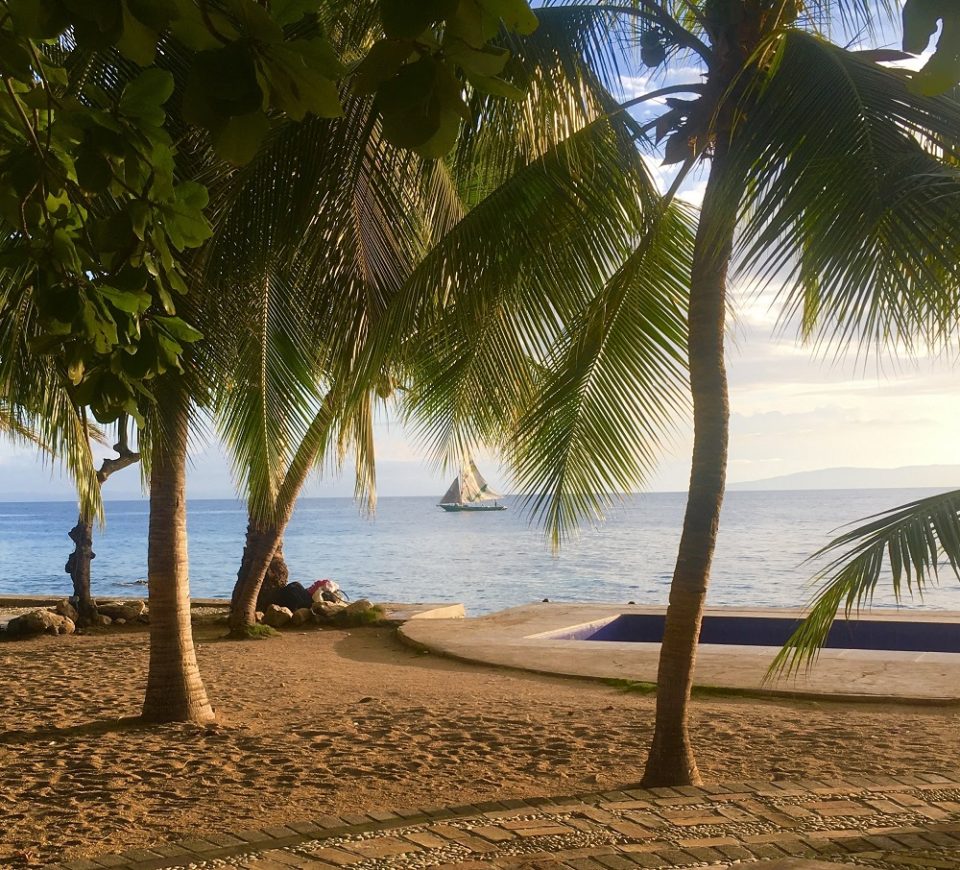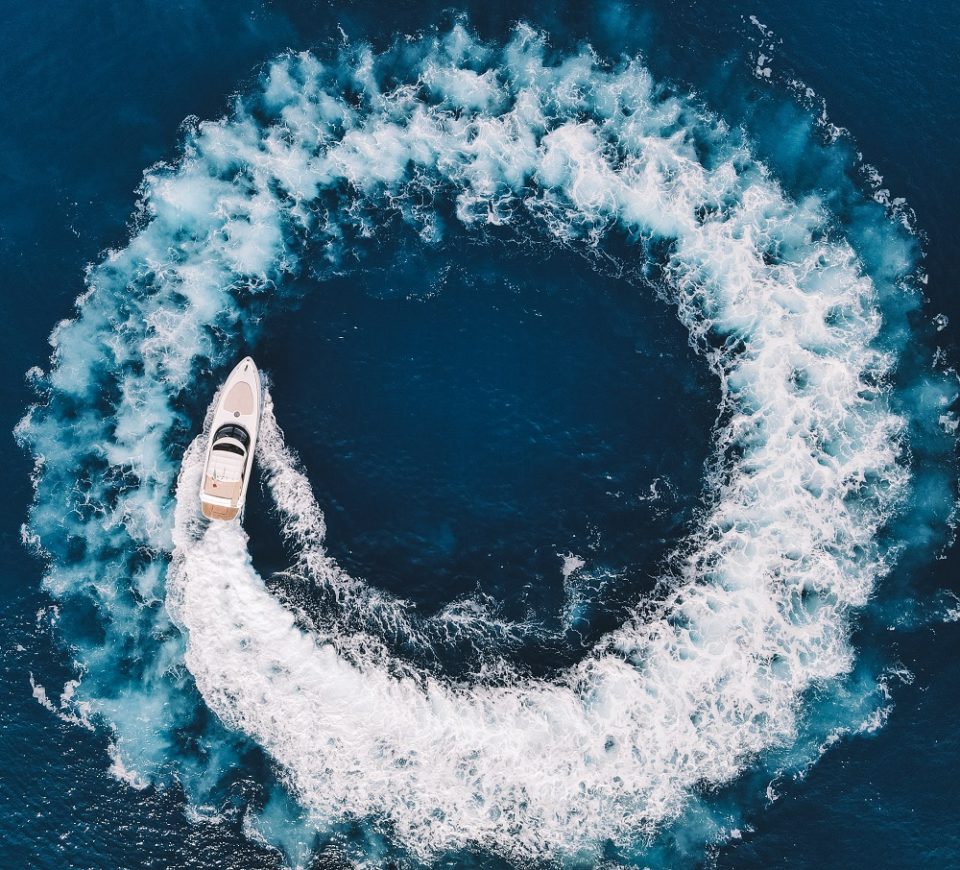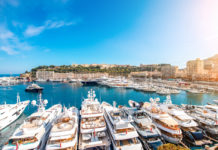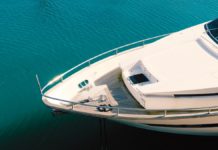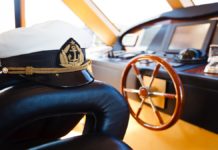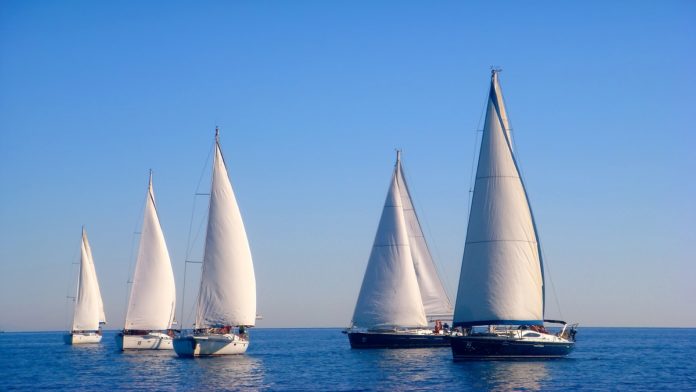
Sailboat, a name that evokes the open sea, freedom and adventure! But do we really know all the parts that make up this impressive vessel? In this article, we’ll take a look at the different parts of a sailboat, from structural elements like the deck and hull to safety features like life rafts and life jackets.
Whether you’re a sailing enthusiast or just curious, this article is for you! Sailboat, a name that evokes the open sea, freedom and adventure! But do we really know all the parts that make up this impressive vessel? In this article, we’ll take a look at the different parts of a sailboat, from structural elements like the deck and hull to safety features like life rafts and life jackets.
Whether you’re a sailing enthusiast or just curious, this article is for you!
Names of the main parts of a sailing boat
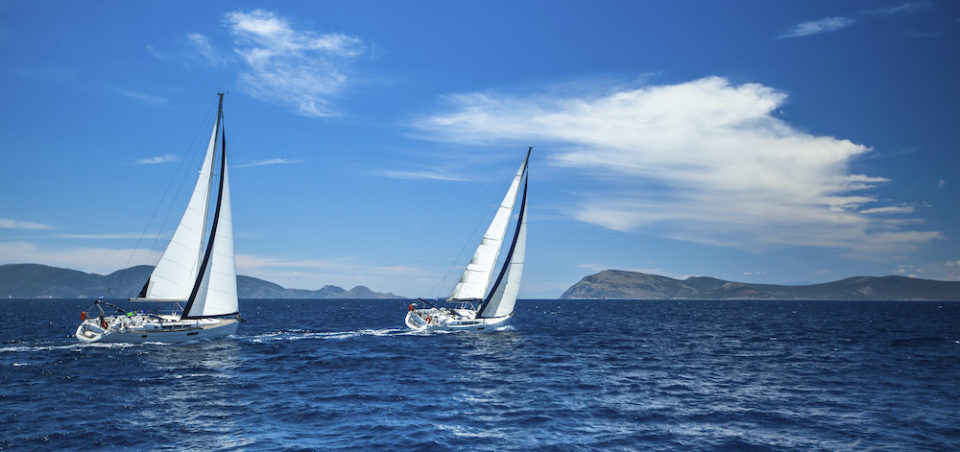
The hull, a mandatory part on all boats
The hull is an essential part of boats of all shapes and sizes. It can be defined as the outer shell of a boat’s structure that gives it shape and buoyancy. The hull is generally made of materials such as wood, metal, fiberglass, and fiberglass reinforced plastic.
The shape of the hull is also very important because it affects the stability and maneuverability of a boat. For example, a boat with a V-shaped hull will sail better at high speeds and in larger waves than a boat with a flat hull. In short, the hull is a central, vital and versatile part of any boat, affecting its shape, handling and safety.
The helm, essential for steering
The rudder is one of the most important elements in the navigation of a boat. It is located at the stern of the boat and allows the boat to be steered to port or starboard. It consists of a handle that allows the pilot to make the necessary corrections to the ship’s course.
A sailboat is steered by either a “tiller” or a “wheel”. The type of steering system depends on the size of the yacht.
Tiller steering is generally used on smaller boats and is attached directly to the rudder (see below). It is not very intuitive to use, as the boat steers in the opposite direction to that in which the tiller is moved.
Since time immemorial, sailors have invented various techniques for using the tiller, such as the “English rudder” or the “French rudder”. However, the traditional tiller is still widely used today on boats of all sizes.
Today’s rudder has also evolved with technology. Modern boats are equipped with electric or hydraulic helms that allow them to be maneuvered with great precision. These helms are particularly appreciated for their ease of use, allowing the pilot to concentrate on navigation in complete safety.
The rudder tiller
The rudder allows the captain to steer the boat in the right direction. It consists of a horizontal plate located at the stern of the ship, which can be turned from left to right to change the direction of the boat.
Modern rudders are usually operated by a hydraulic system that facilitates the movement of the plate. This plate also has a ribbed surface that helps stabilize the rudder, creating resistance to lateral movement and improving control over the vessel.
The mast, crucial for a sailboat
A boat’s mast is often considered one of the most iconic and distinctive parts of any vessel. It typically contains several levels of reinforcing beams, all arranged on a vertical axis to provide the vessel with a strong, durable structure. Masts are made of tough materials such as wood, steel or fiberglass to withstand the elements and the stresses of wind and waves.
Modern boat masts are often equipped with a number of sophisticated electronic systems to help sailors navigate and monitor weather conditions more effectively. These systems may include wind sensors, direction indicators, radar, and navigation computers. In addition, some vessels are equipped with special sails – such as spinnakers – that work in conjunction with specially designed masts.
The sails, the essential element to move forward
Sails are an important part of a boat. They help propel the vessel through the water using the power of the wind. Sails have evolved over time, from simple linen cloth to modern materials such as polyester and carbon fiber.
Modern sails are light and strong, allowing for greater speed and maneuverability on the water. Sails can also be used to control the direction and speed of a boat. Sailors use specific terms to describe the different parts of the sail and the sailing process, such as “hoisting” the sail, “tucking” or “chocking” the sail to adjust the angle to the wind.
The rigging
The rigging is the set of fixed and mobile parts that allow the propulsion as well as the maneuvering of a ship by the force of the wind. It is composed of all kinds of lines, ropes, fittings, spars, masts, sails…
The bow
The bow of a boat, also known as the stem, is the part at the front of the boat. It is designed to break up waves and water so that the vessel can move forward efficiently. The shape of the bow varies depending on the type of vessel and its intended use. For example, fishing boats generally have a more pointed bow for better maneuverability, while cruise ships often have a more rounded bow for a more elegant appearance.
The bow is often adorned with various decorations or sculptures to reflect the style and tradition of the ship. Viking ships, for example, often had dragon-shaped bows, a symbol of strength and power.
In addition to its aesthetic appeal, the bow also plays an important role in the safety of the ship. It is equipped with a number of safety features, such as fenders to protect the ship when docking and anchors to immobilize the ship if necessary.
The Stern
The stern is the rear part of the ship. For example, when the wind is blowing at the stern, the boat moves fast, hence the expression “having the wind at the stern”.
The keel, an essential counterweight
Sailboat hulls are very round and smooth, they are very efficient and comfortable. But this also makes them very easy to capsize… think of a kayak for example. The keel is a large fin that compensates for this tendency to capsize by providing a counterweight. It is usually placed to create a counterbalance to the force of the wind on the sails.
The rudder blade
The rudder blade is a wing that steers from left to right. Together with the tiller, they make up the rudder.
The Boom
The boom is an integral part of a boat’s rigging. It’s a long, horizontal piece attached to the center of the mast that holds the clew of the sail. It is used to control the angle of the sail in relation to the wind.
The boom can be raised or lowered by means of a winch to adjust the sail to the weather conditions. It can also be used to stabilize the boat in strong winds by holding the sail firmly in place.
Booms are available in aluminum, carbon or wood, depending on the sailor’s preference and the size of the boat. Modern booms are often equipped with sophisticated adjustment systems for better sail control.
The Mainsail
The mainsail is the most important sail on a boat because it is used to steer the boat. It is attached to the main mast and extends across the hull of the boat.
The mainsail is often used to propel the boat forward, depending on the strength and direction of the wind. It can be adjusted according to wind strength to maintain a steady speed.
The mainsail may be equipped with pulleys and ropes for efficient handling by the boat’s crew. It’s important to make sure the sail is securely fastened and the ropes are properly adjusted to ensure the safety of everyone on board.
The mainsail is also one of the most visible sails on a boat. It can be customized with colors, designs or logos to add an aesthetic element to the vessel.
The Jib
The jib refers to a headsail that is triangular in shape. It is much thinner than the other sails and is used when the wind is strong.
Anchor
The anchor is a piece of steel that is part of the rigging and is dropped by a chain to the bottom of the water. It is placed there to hold the boat at anchor.
The Compass, the guide of every good navigator
The compass is usually found in the cockpit. It is the oldest navigation tool on the market and one of the most reliable.
The Chartplotter
Used by most captains nowadays, the chartplotter allows to display a map and a position in real time. It can be compared to a car GPS.
Read also : How to sail upwind?
The interior of a sailboat
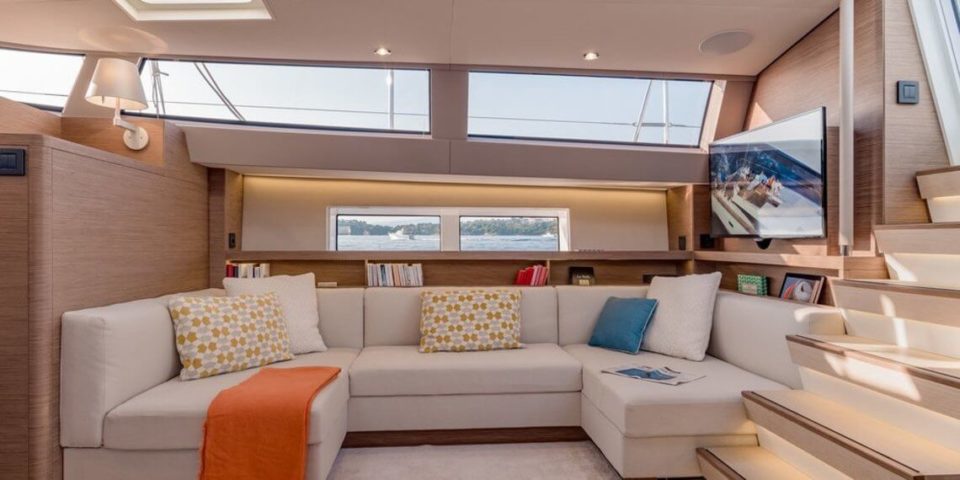
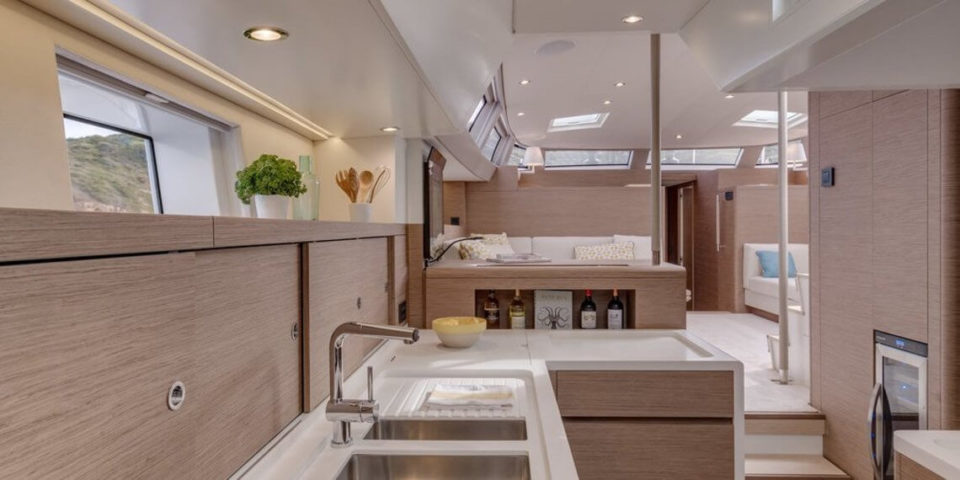
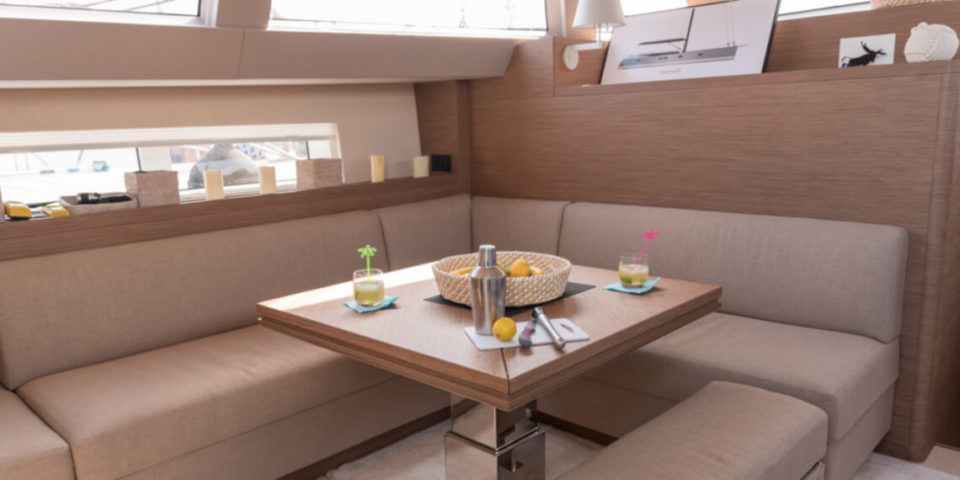
The companionway
The companionway is the staircase that allows access to the interior of the boat.
The saloon
The saloon allows you to take your meals inside. The benches on the sides can be transformed into a bunk for sleeping. There is also storage space in the cupboards on the sides and the lockers under the benches.
The map table
The chart table contains all the electronics: GPS, radar, the electrical panel, the on-board computer and allows you to store your nautical charts.
The cabins
In a sailboat, space is limited, so avoid leaving with several suitcases and opt instead for a soft bag that you can store in the closets. Also, remember to close the portholes when sailing! Not far away you will find a toilet, a sink and sometimes a shower.
The kitchen
Generally consisting of a gas stove, an oven, a refrigerator and a sink. Water is stored in tanks and sometimes a seawater supply is convenient to save drinking water.
The Sail Box
The sail locker is used to store the sails and the equipment to sail away from water and humidity.
Types of sailboats
To go further in your personal knowledge, you should know that according to the size and the number of masts, the sailboats do not all have the same name. Here are the 4 most common.
What is a sloop sailboat?
It’s a type of sailboat with a single mainsail at the stern and a jib at the bow. The sloop is one of the most popular types of sailboat because it is easy to handle and can be used in a variety of wind and sea conditions. They are often used for both short and long distance cruising and racing.
This type of sailboat is also known for its speed and stability in the water. Its simple construction allows it to perform well in light to moderate winds. That’s why sloop sailboats are highly appreciated for their autonomy and ability to sail long distances without having to stop as often as other types of sailboats.
What is a ketch sailboat?
A ketch is a type of sailboat characterized by two masts. The first mast, called the foremast or jib mast, is located further forward on the boat and is smaller than the second mast, called the jib mast.
This type of configuration allows ketches to sail more easily in downwind conditions. In addition, the aft mast provides more sail area than the foremast, allowing for higher speeds. Ketches can be used for cruising or racing in all wind conditions. Because of their maneuverability and high top speed, ketches are popular with experienced sailors.
What is a Yawl?
A yawl sailboat also has two masts. It is a type of Bermuda-rigged sailboat characterized by the presence of a mizzen sail.
This sail is located aft of the main mast and can be trimmed independently. The yawl sailboat is often used for cruising and recreational sailing because it offers great maneuverability and stability thanks to its mizzen sail. What’s more, the yawl sailboat can be used with a reduced crew, as the sails can be easily controlled by a single person.
What is a schooner?
A two-masted schooner sailboat is a traditional vessel used primarily for pleasure sailing. This type of boat is often fitted with a triangular sail on the foremast and one or more square sails on the jib. The presence of two masts provides great stability and maneuverability.
Read also : The 5 best sailing boats under 60 feet
